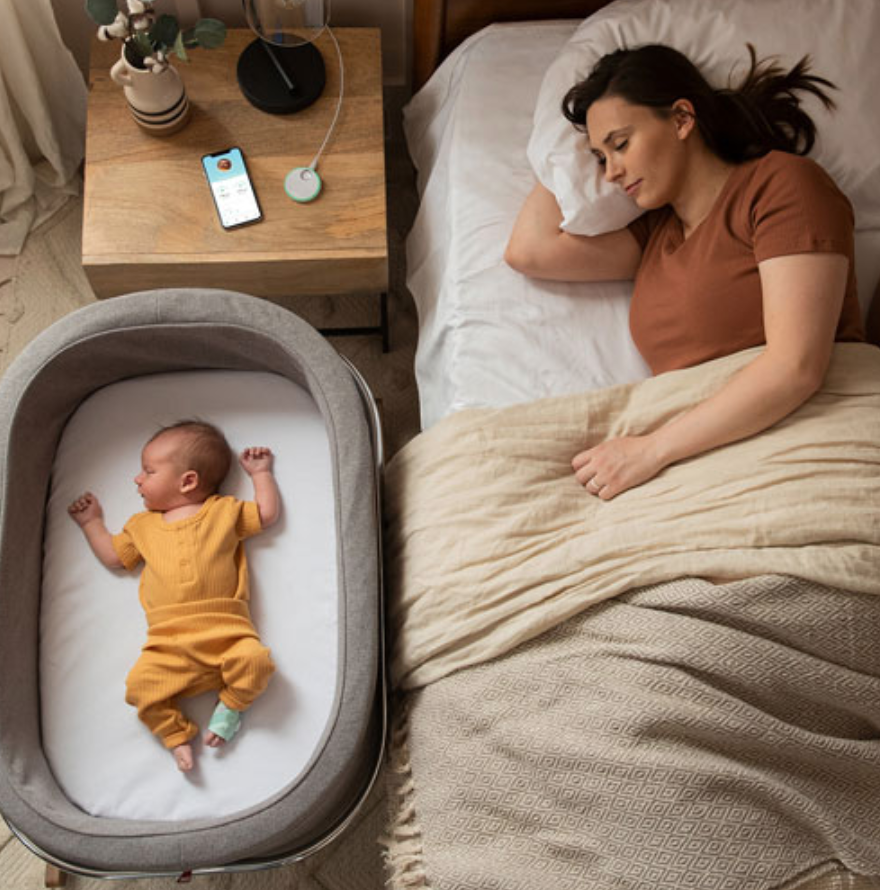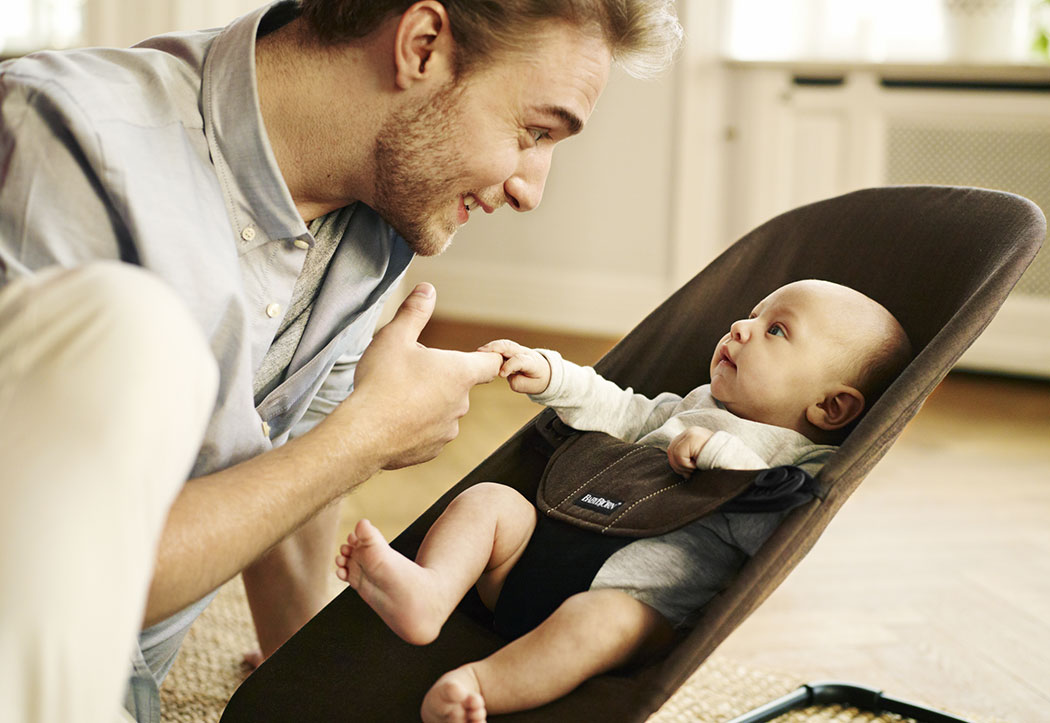
Congratulations! Whether you or somebody you know are growing their family, having a baby is a very exciting yet uncertain time. What are some of the home and travel essentials that you or the person you’re buying for will need? From feeding time to nap time and all other times in between, here are some of the baby gear you’re going to need for when the baby arrives.
Table of contents
Sleep time baby essentials
Sleeping is one of the most important things in a young baby’s life. Even by the time your baby is old enough for kindergarten, he or she will still have spent more of their life asleep than awake.
Get them going on the right foot by making sure that you’ve set your home up for all of the sleep essentials. A crib is the most obvious choice for your nursery. There are lots of different cribs out there now, including those with higher backsides and even those that can convert into beds when your child is old enough to move out of their crib.
In the early days, when babies are only sleeping in stretches for a couple hours at a time, you may not want to move them right into their crib. Some parents prefer to set up a bassinet in the bedroom so that baby sleeps alongside and can be brought closer and soothed when upset. Bassinets don’t quite have as many options out there, but you can still choose between traditional or basket-style bassinets.
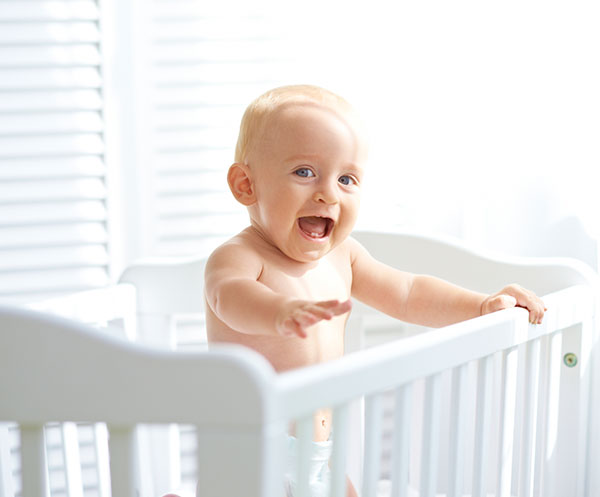 Of course, there’s the question of what baby will wear to sleep, too. Younger babies may prefer to be swaddled. For that, not only can you get traditional swaddling choices but also more modern options that feature easier Velcro options for parents with the same cuddling comfort of a regular blanket.
Of course, there’s the question of what baby will wear to sleep, too. Younger babies may prefer to be swaddled. For that, not only can you get traditional swaddling choices but also more modern options that feature easier Velcro options for parents with the same cuddling comfort of a regular blanket.
There are other great sleepwear options too. Sleepers nowadays come with choices of buttons on the side, buttons down the middle or zippers. If that isn’t quite enough, or you need more, you can even get sleep sacks or sleep bags, which are zippered or button snap sleeping bag style options that cover your child from their neck down.
Baby grew up around a lot of noise in the womb, and sometimes, that filler noise can help them fall asleep. If your child has trouble settling down or is easily awoken by noises at night, consider the use of a sound machine that helps mimic some of the white noise they were used to in the womb. If they need something soothing, a pacifier is never a bad idea either if they’ll take one.
Did you know? As of the end of 2016, drop-side cribs are now illegal in Canada.
Feeding time
A growing baby needs to be fed pretty regularly. Here are a few of the essentials for the first year.
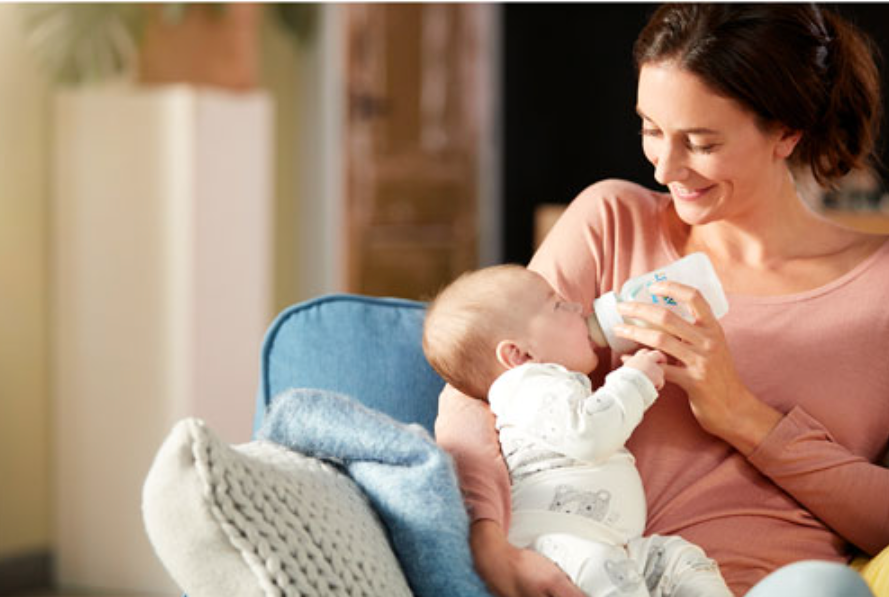
Feeding your baby during the first 6 months
From the time a baby is born until the time they are between 4-6 months, they will be getting all their nourishment from breastmilk or formula. Baby stomachs cannot handle or process other solids until then.
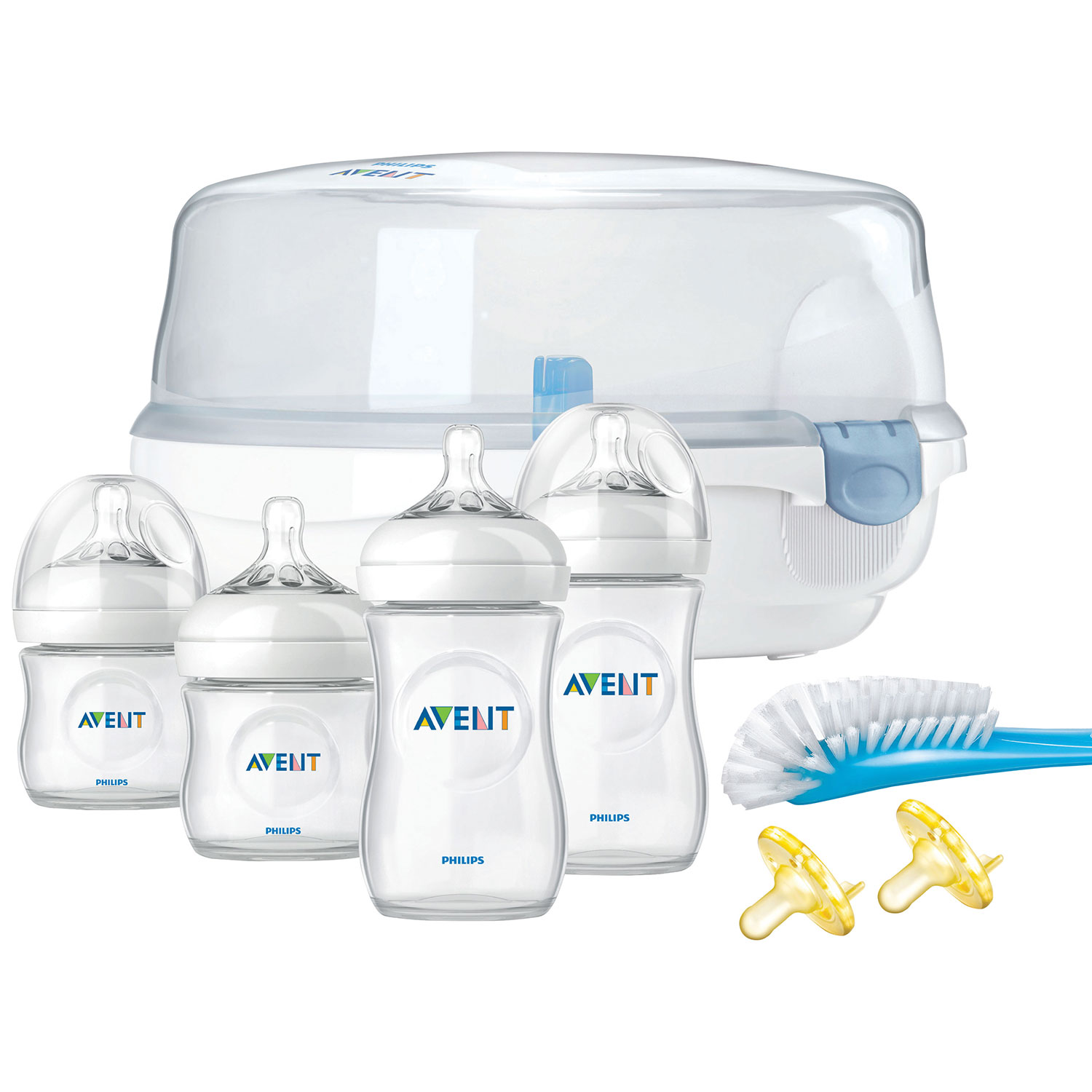
While feeding needs are a bit different at this stage of the game, there are still a lot of other considerations. First, if your baby is breastfed solely, you may want to invest in a breast pump to help store and stash extra milk. If you choose to freeze it, breastmilk can last many months frozen.
You’ll also need bottles to feed the baby (or provide additional storage.) Prior to feeding or filling, all baby bottles must be sterilized as best as possible to keep out any harmful outside germs. While many parents previously chose to sterilize bottles by boiling them, this has actually been a leading cause of protein fires in Canada as tired parents have fallen asleep and let pots boil dry. You can buy bottle sterilizers now that will sterilize your bottles in less than 10 minutes and automatically shut off when dry. That way you can get a good night’s sleep and even leave your bottles in the sterilizer until you need them.
Feeding your baby during the next 6 months
Once your baby starts getting into solid foods, that’s when you’ll need to look at stocking some of the feeding essentials. He or she will be able to hold their head up and sit up by themselves which means they can sit in a high chair or a suitable feeding chair. If you don’t want to get a full-size high chair, you can always pick up a portable or travel one that sits on a tabletop or straps onto the chair or kitchen table.
How you choose for your baby to eat their solids is up to you, but if you’re going with strained mixes of baby food, you might want to think breaking out the baby food maker and buying some food storage options to stash your freshly made food. You can save money making baby food at home and you’ll also take comfort in knowing that you know exactly what’s gone into it.
You’ll still be doing most of the feeding action though since your child won’t become independent with a spoon for another year or so. However, most children can be taught how to handle a milk-filled sippy cup at this point. The motion of tipping a cup up for a drink might be a bit beyond them. To save on cranky spills or gripping trouble, find a sippy cup with a straw, tight seal and handles.
Parent tip: start your sippy cup early
Some baby experts recommend trying to move over to the sippy cup at 6 months of age so that you can transition to leaving baby bottles behind by your baby’s first birthday.
Nursery furniture
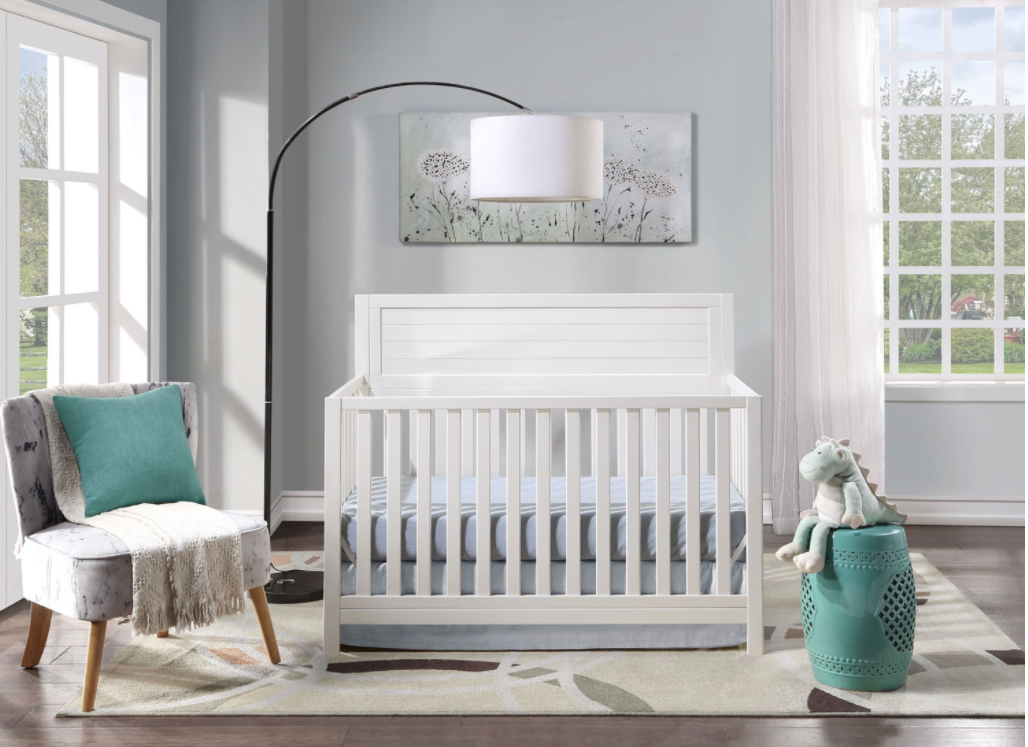
There is no better place to come home to than a warm, inviting nursery full of your and your baby’s favourite things. The calming, serene sight of a happy nursery is one of the most relaxing places in the world (especially when your baby is asleep!) We’ve already talked about the most essential piece of nursery furniture (the crib) above, but there are also many other nursery essentials that make up a great space for the early years.
A change table is an important piece of nursery furniture. When your baby is born, you can expect to change over a dozen diapers a day. When you’re hard at work spending nearly an hour per day leaned over with wipes in hand, a changing table will help you keep all of your change time essentials nearby while being able to change the baby at a comfortable enough height not to strain yourself. By the way, since you’ll be changing a dozen diapers a day, make sure you get a good odour blocking diaper pail if you go disposable.
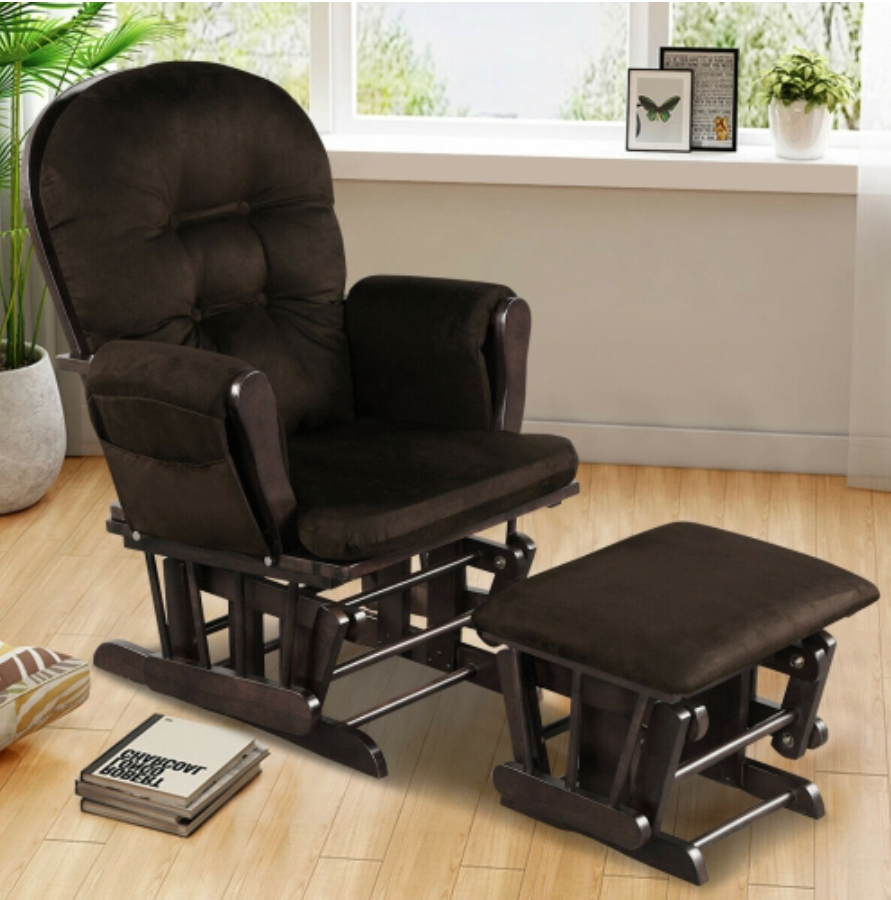
A glider chair or rocker is a must in a nursery. Not only is it a nice, relaxing way for you and your baby to bond over storytime, feeding or being rocked to sleep but it might become a necessity for you too if you find that your baby is extra clingy or needs a lot more attention if they catch a cold or have a fever. Many parents have ended up spending sleepy nights in a rocking chair, so keep your comfort in mind too. There is a variety of rocking chairs out there including gliders with ottomans or rocking recliner chairs.
As your child gets older, you might want to think about some of the baby height furniture you might need. Small person bookshelves, toy chests, and drawers are just some of the things out there for your little one to help gain independence and learn about the world around them.
Make sure you keep things as safe as possible though. Most standing furniture comes with wall mounting brackets for you to mount furniture to keep curious climbers safe.
Car seats
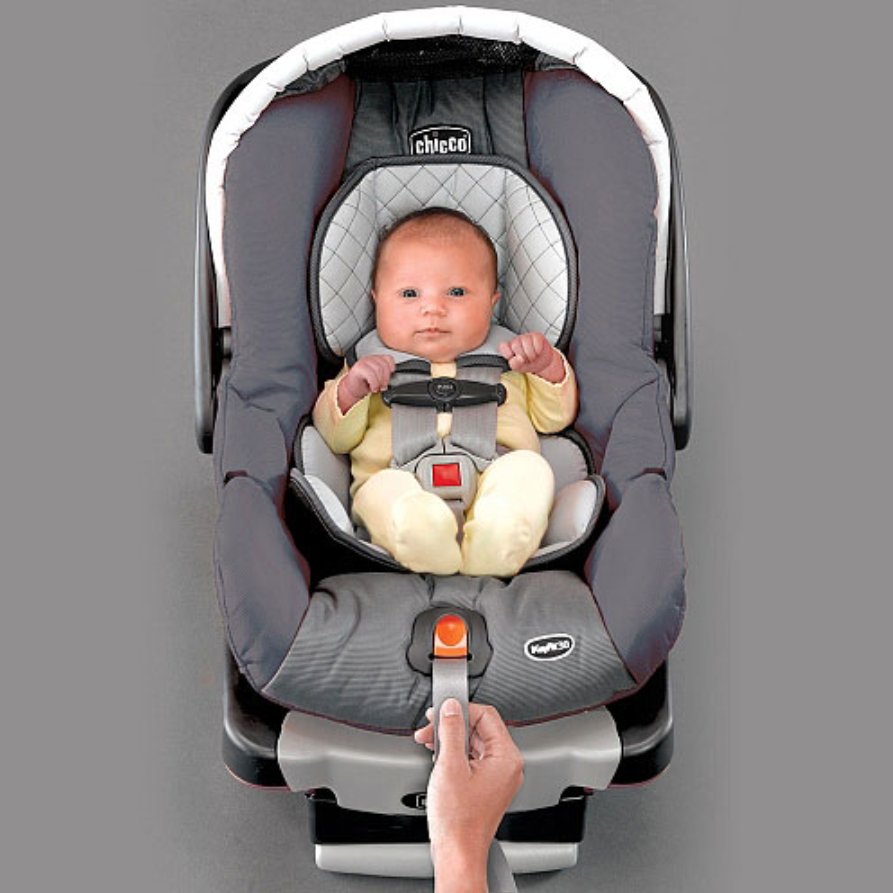
The backbone of baby transportation is the car seat. Usually, hospitals won’t let you leave unless you’ve got yours and making sure that you have a safe one is paramount. Here are a few things to know about the first year and buying car seats
Rear Facing Car Seats
All car seats for at least the first year of your baby’s life must be rear-facing to help brace your baby’s body in any sort of vehicle impact. When buying your seat, be sure that what you’re purchasing has the immediate ability to rear face, whether it’s through the help of a separate base or whether your seat has the capability and swivels underneath to accommodate it.
Weight limits on car seats
Just because your seat has the ability to rear face doesn’t necessarily mean that it’s the right seat to buy right away. When buying a car seat, you should pay careful consideration to the minimum weight limit. The average baby weight is between 7-8 pounds and they shed some of that by the time they leave the hospital. Some rear-facing seats have a minimum weight limit of 10 pounds, but many are able to sit a baby comfortably that weighs only 5 pounds. These seats have the perfect settings and safety harnesses to ensure that your baby makes it home safely on their ride home from the hospital.
How long do you want your car seat to last?
As your child grows older, your car seat will have to meet their needs. Many infant car seats have maximum weight and size limits that may see them last only until a child’s 2nd or 3rd birthday. However, you can buy multi-purpose, all-in-one style seats that grow and expand with your child. There are seats out there that have limits of 5-120 pounds. Your child is recommended to be in some form of a car or booster seat until they’re 9 years old (or 4’9 tall) so choose wisely based on your needs and your budget.
Did you know? Even if the model of seat you like is available abroad, all seats must be purchased in Canada as they must have the designated Canadian Standards Association (CSA) seal of approval?
Carriers and strollers
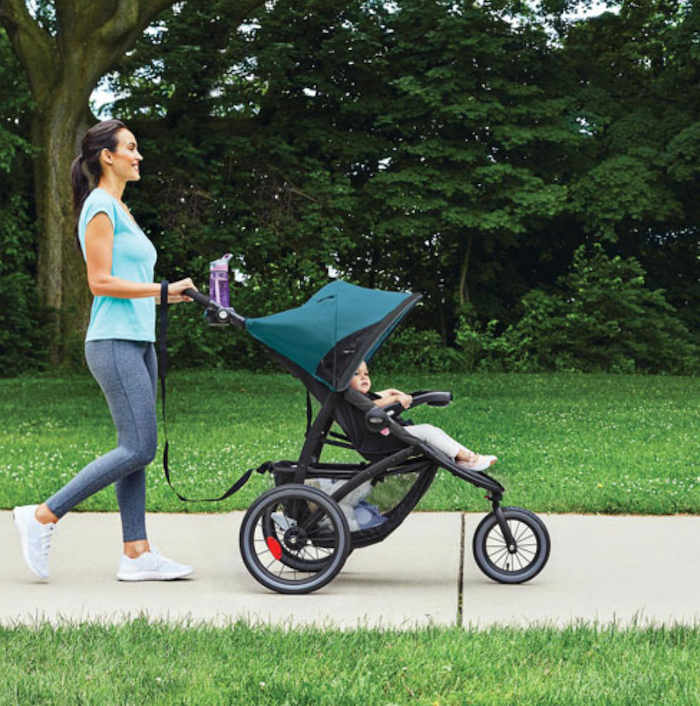
The next transportation essentials are carriers and strollers. Your arms are bound to get tired carrying your baby all day and that means your arms aren’t free that often. That’s why there are some great options out there for babies who like to be carried and parents whose arms need a break.
Finding a great baby carrier
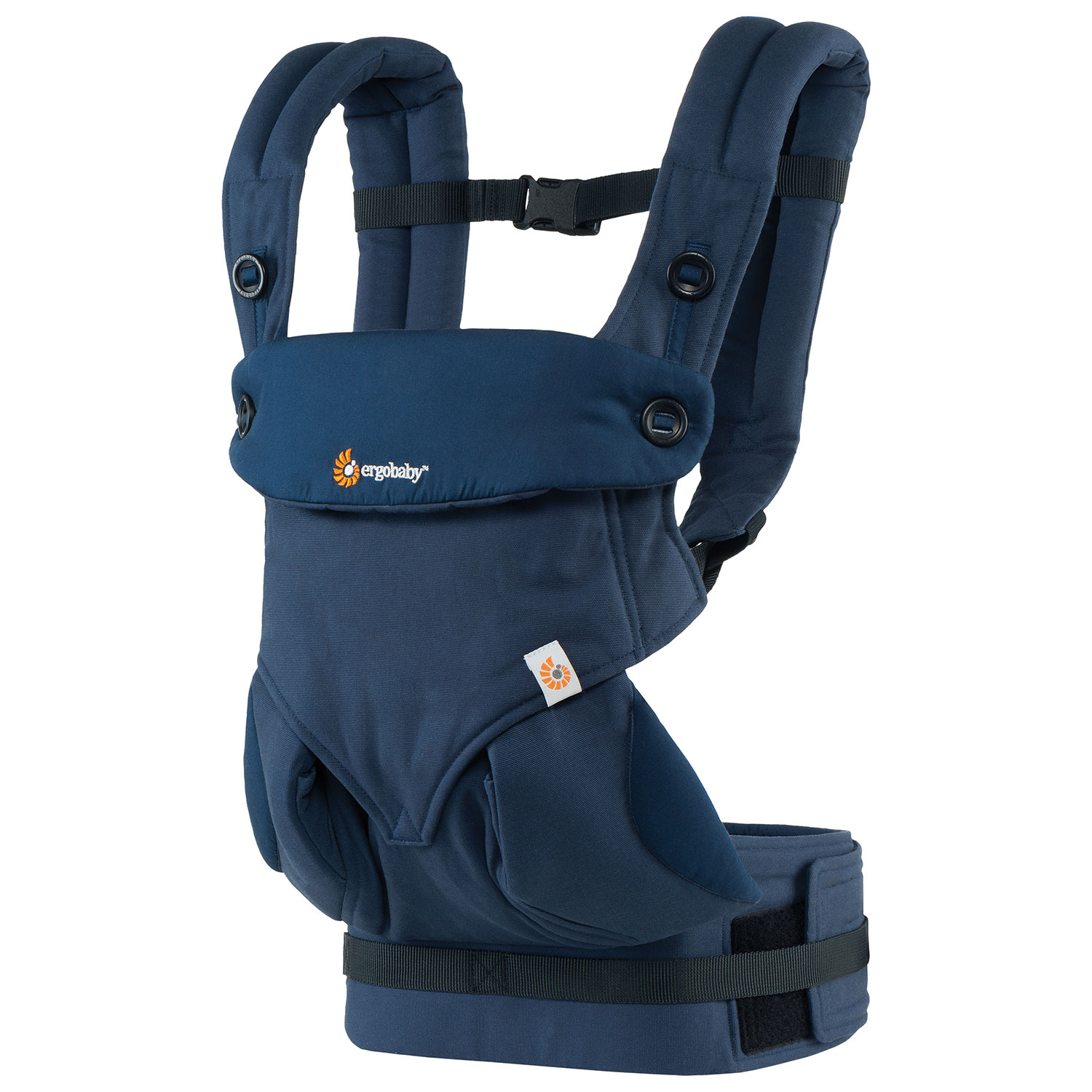
Finding a good carrier doesn’t have to be a chore. Much like buying a car seat, you need to be mindful of your baby’s safety needs should you start carrying. Some carriers also have minimum size limits that newborns don’t meet and so you may need to buy an additional insert to ensure that they can sit snugly with you. Last, be sure that you buy a carrier that’s easy enough for you to use too. Baby wraps aren’t always the easiest thing for many parents to use but carriers with fasteners and clips will make your life much easier.
Finding the best baby stroller for you
Finding a stroller should be based on your own everyday needs. If you like to go for long walks or will be going for jogs with your baby, you should be investing in a jogging stroller with shocks.
These strollers look fairly unconventional with their three wheels and can sometimes cost a bit more, but they are worth it in the long run. Many urbanized or road strollers can hardly handle anything more strenuous than a trip to the mall or walk around the block and definitely can’t handle bumpy terrain or trails. If you won’t be doing much of this, a traditional and simplified four-wheeled stroller might be all you need.
Depending on how often and how far you travel with it, your strollers should also have the ability to fold down as flat as possible for maximum stow-ability. A good idea for parents of newborns as well is to check the amount of storage space at the bottom of the stroller.
Given how many diapers, bottles, or knick-knacks you might be carrying, you might need something with a deeper basket, especially if toting along with a diaper bag. While there are third party hooks or apparatuses to allow you to hook your shopping or diaper bags onto the handle of the stroller, you can’t clip anything too heavy onto them because you won’t be distributing weight around properly.
Baby carrier needs for infants
Babies in a carrier should be facing inward until they have independent head and neck control. Be sure that your carrier can accommodate this if you begin carrying early.
Now that you’ve seen some of the essentials, it’s time for you to start making some important decisions about what you need for when baby arrives. Enjoy this amazing time and again, congratulations to you or whomever you’ve come here to buy for.
Baby monitors
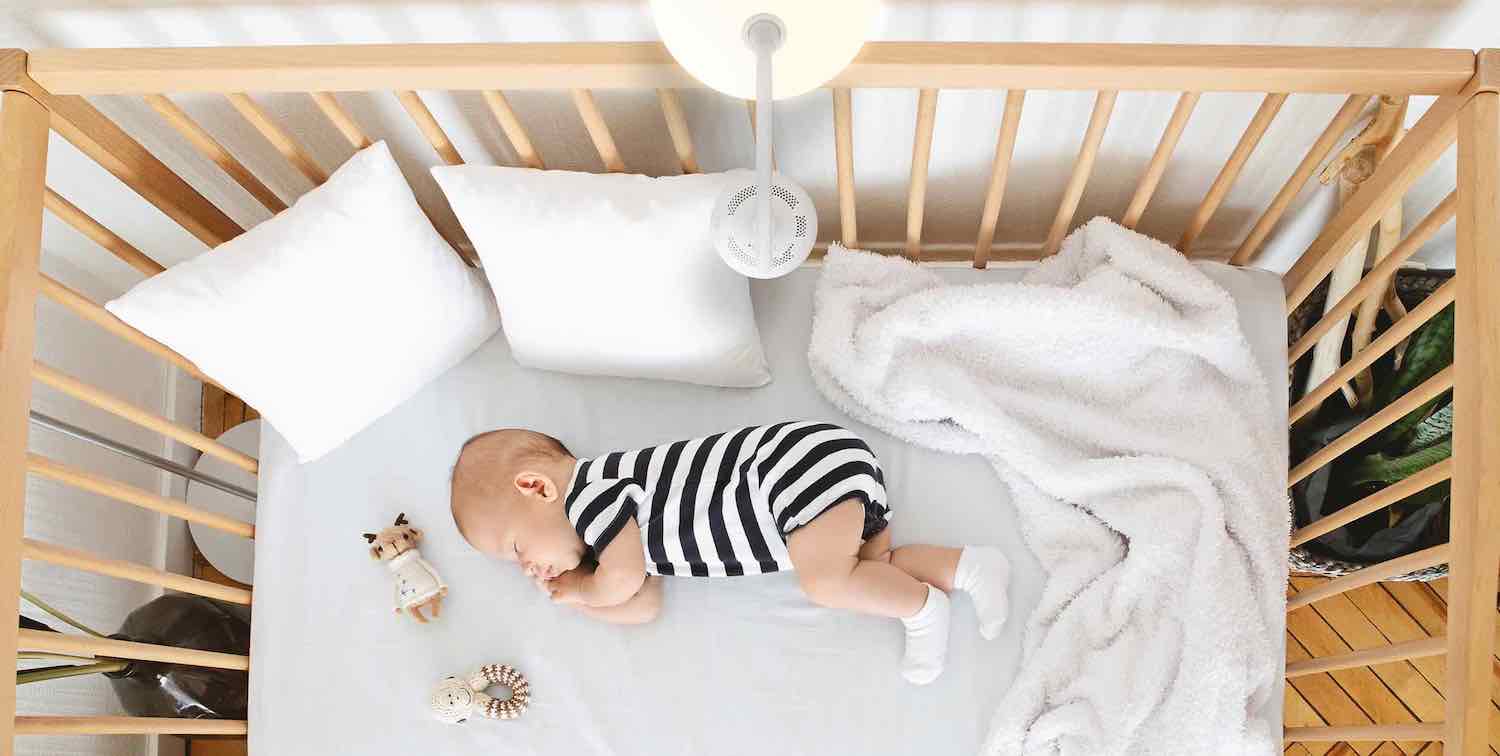
Baby monitors are sometimes overlooked but can provide fabulous peace-of-mind when your baby is sleeping in their own crib and nursery at night, or taking a nap during the day when you want to get some chores done.
How to choose the right baby monitor
There are audio-only baby monitors that include a parent unit and one that stays in the baby’s nursery so you can hear whenever they stir from sleep or a nap. Video baby monitors are more popular nowadays, allowing you to also see the child from a camera mounted in the nursery. You can make sure they haven’t flipped over, see if their eyes are open, or, with older babies, check if they are standing up or have gotten out of the crib. The great part about video baby monitors is that you can use them as the child gets older, repositioning it in a playroom once they’re a toddler, for example.
We discuss baby monitors in detail in our comprehensive baby monitors buying guide that will walk you through all of the options to help you find the right one.
Take the next step
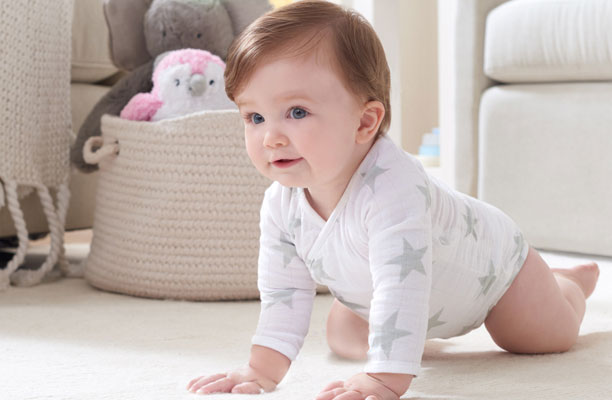 Having a baby is an exciting time in your life. Have fun shopping for the things you need by buying everything online. You’ll feel less stress when everything arrives at your doorstep in time for your most important new arrival!
Having a baby is an exciting time in your life. Have fun shopping for the things you need by buying everything online. You’ll feel less stress when everything arrives at your doorstep in time for your most important new arrival!
The post Baby essentials buying guide appeared first on Best Buy Blog.
